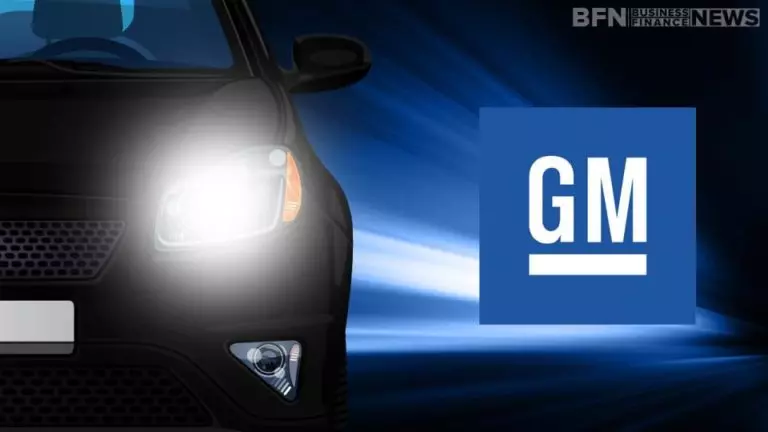Sanofi SA (ADR) and Diabetes: Things Are Not Working Out
It is too early to predict FDA’s verdict regarding the approval of Sanofi combo drug for the treatment of diabetes
Sanofi SA (NYSE:SNY) came into the spotlight after Food and Drug Administration (FDA) initiated a debate in association with its Diabetes Mellitus Type II combo drug LixiLan pointing out number of questions regarding the safety and clinical efficacy before it hits the therapeutic market.
According to the insiders, the recommended dosage of the combo (a mix of Lantus and lixisenatide – now dubbed “iGlarLixi”) has raised some questions in association with the dosage regimen along with its adverse effects in some groups of patients.

The French drugmaker is very optimistic that it will get the approval of lixisenatide as a whole and in combination with iGlarLixi. The combination is thought to be aggressive in treating the patients suffering with DM II.According to the review, lixisenatide molecule has not established its efficacy alone, meaning that the investigational molecule will not provide any benefit to some group of patients if used as a single regimen.
On Wednesday, the regulatory agency’s medical advisors will meet to take the final decision pertaining to the approval of the combo drug. They will present their point of view and analysis of the clinical trials.
The injection is a combination of Lantus and Lyxumia, which mimics GLP-1 hormone for the stimulation of the natural insulin production. The combination formula has already gained an approval in Europe, but it is still pending for a regulatory review in the US.
According to the FDA, it is technically difficult to switch the patients who are either on Lyxumia or Lantus on the combo drugs for the management and treatment of type II diabetes. These efforts have raised multiple reservations of the urgent need of a double-drug regimen, where a patient can remain stable with a single-dose regimen. In addition, the pen used for the drug delivery can also lead to dosage errors resulting in fluctuation in blood glucose levels.
Furthermore, FDA has also raised a question on the benefits of lixisenatide to patients. The panel has scheduled a meeting on May 25, 2016, to make the final decision.
Sanofi, on the other hand, is working on the development and marketing of LixiLan with the collaboration of Zealand Pharma. Both the companies are putting their best to get the approval of the drug. Sanofi has paid $245 million for the priority review voucher to overcome its competitor product marketed by Novo Nordisk in order to get back on the track. Lately, it has been experiencing a decline in the revenue generation for a couple of years.
The drugmaker had submitted New Drug Application (NDA) in December 2015. The investigational molecule got an NDA status in February 2016 with the reduction in the regulatory review from 10 to 6 months. The expected decision on the single molecule will be in July this year while the combo drug is expected to go on table in August 2016.
Novo Nordisk A/S (NYSE:NVO), the leading competitor clinching the major share of the diabetes therapeutic market, has also been hit by the FDA objection for its combo drug Victoza and Tresiba. According to the FDA officials, the clinical study is biased to make the combination portfolio more productive as compared to Tresiba’s efficacy alone.
If the drug gets a green signal, the combo is expected to generate $574 million by 2020, which will play a vital role in establishing Sanofi’s foothold in the therapeutic field of diabetes.
PREVALENCE
According to the World Health Organization (WHO) stats, the number of patients suffering from diabetes will touch 366 million by 2030. In the US approximately $170 billion has been spent annually on the management and treatment of diabetes including hospitalization, drugs cost, and ambulatory costs.
DIABETES FRANCHISE
The drugmaker is facing a 4.5% decline in the sale of its diabetic franchise due to Lantus’ patent expiration in the US. The drug has generated $7,170 million in 2015 with a slight positive variant of 0.7%. The drug has contributed 80% to the company’s total revenue generation. However, due to the patent expiration, diabetes and cardiovascular group has a fall of 5.8% in the 1QFY16.
Sanofi’s Toujeo belongs to next-generation basal insulin, launched in the US in March 2015. The drug also got an approval from the EU in April 2015. By the end of 2016, it is expected to be launched in more than 40 countries.
Sanofi’s new launches Lyxumia and Toujeo, and inhalable insulin Afrezza are gradually making their way in the diabetes therapeutic field and will provide support in the revenue fall due to patent expiration of the Lantus.
The drugmaker has also launched a biosimilar of Lantus insulin to patch up the revenue loss in the Europe and Japan. The biosimilar version of the drug will also give tough competition to Novo Nordisk’s Levemir and AstraZeneca’s Byetta.
Eli Lilly and Co (NYSE:LLY) and Boehringer Ingelheim have developed Abasaglar in Europe, which is a biosimilar version of Lantus.
DIABETES EXECUTIVE SHAKE UP
According to the company, due to the management shuffle, Pascale Witz, Executive-in-charge for diabetes and cardiovascular division will leave in a week. This departure represents major changes in Sanofi’s executive committee under the five-year plan, “2020 strategic roadmap” revealed in November 2015.
NOVO NORDISK ROLE
The technical team of Novo Nordisk has to work very closely with the FDA to convince them regarding the combination program of Tresiba (insulin degludec) and Victoza (liraglutide) in a once-a-day formulation, IDegLira.
According to the drugmaker, the combination has shown comprehensive results in the management and treatment of diabetes either used alone or in combined form. On the other hand, the internal assessment of the combo showed a biased design in the favor of combo formulation.
IDegLira is thought to be the blockbuster drug of Novo and is able to capture a major chunk from the multibillion-dollar therapeutic market. The formulation of the combo is delayed due to the Tresiba’s two-year delayed approval.
Analysts are optimistic regarding the sale of IDegLira, which has already been approved in Europe by the name of Xultophy with an estimated revenue of $1 billion.
Novo Nordisk is emphasizing the point that the combo is a better formulation consisting of molecules that help in controlling blood sugar along with reducing the complications in insulin use.
COMPANIES IN MARKET
The companies working in the therapeutic market of diabetes mainly depend on upon the GLP-1.
Novo Nordisk has a strong and competitive drug portfolio comprising Victoza (liraglutide) and Levemir. The new addition of Tresiba has already hit the European market and showing its efficacy and safety profile by gaining momentum. In 2015, the drugmaker has also launched Ryzodeg in Mexico, which is a combo product of Tresiba and NovoLog.
Novo’s drug pipeline is robust. The drugmaker is working on the investigational molecule, OG217SC, which is an oral formulation of Novo’s injectable semaglutide.
By virtue of the drug pipeline and its profile, Novo can easily double its revenue generation in a decade. According to Novo Ceo Kare Schultz, by 2020, approximately 40 million diabetic patients will use Novo diabetic care products.
Merck has clinched approximately $7.4 billion in 2014, which is 0.75% down as compared to 2013. The drugmaker is mainly dependent upon its Januvia and Janumet combo pill. The company is facing fierce competition from the generics and is showing a slow decline in the sales. The company is working diligently on its DPP-4 drugs as Januvia has passed a key cardiac safety test in a clinical study.
According to Bernstein & Co. analyst Tim Anderson, the positive result can boost the sale of the Januvia and Janumet to 10% by 2020.
In addition to the aforementioned companies, Pfizer also snagged $7.3 billion and Eli Lilly racked $4.5 from the global diabetic therapeutic market. Pfizer is working on multiple options such as to acquire novel molecules or acquiring small companies having investigational molecules in the field of diabetes.
On the other hand, Eli Lilly is dependent on its insulin formulation, Humalog. For the backup plan, the drugmaker will use Trulicity, Glyxambi, which Eli Lilly markets with Boehringer, and Synjardy, marketed in combination formulation will affect the market sales in the coming years.





